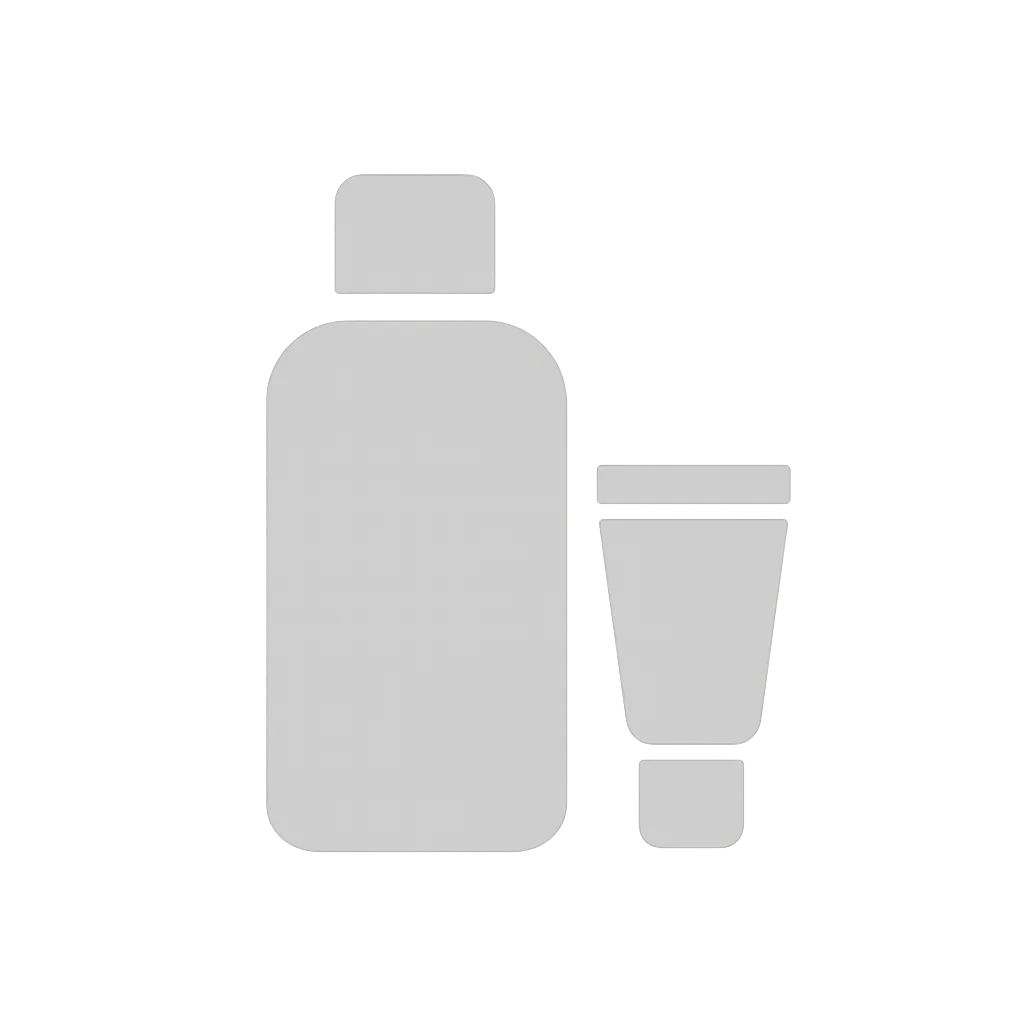What's inside
What's inside
 Key Ingredients
Key Ingredients

 Benefits
Benefits

 Concerns
Concerns

 Ingredients Side-by-side
Ingredients Side-by-side

Water
Skin ConditioningAlcohol Denat.
AntimicrobialDiaminopyrimidine Oxide
Skin ConditioningAmmonium Polyacryloyldimethyl Taurate
Emulsion StabilisingAminomethyl Propanol
BufferingCitric Acid
BufferingPEG-40 Hydrogenated Castor Oil
EmulsifyingPiroctone Olamine
PreservativeCaffeine
Skin ConditioningArginine
MaskingLimonene
PerfumingNiacinamide
SmoothingPyridoxine Hcl
Skin ConditioningLinalool
PerfumingSafflower Glucoside
Benzyl Salicylate
PerfumingCoumarin
PerfumingCitral
PerfumingBenzyl Alcohol
PerfumingXylitylglucoside
HumectantCitronellol
PerfumingBenzyl Benzoate
AntimicrobialAnhydroxylitol
HumectantXylitol
HumectantZingiber Officinale Root Extract
MaskingResveratrol
AntioxidantTocopherol
AntioxidantBHT
AntioxidantSodium Citrate
BufferingParfum
MaskingWater, Alcohol Denat., Diaminopyrimidine Oxide, Ammonium Polyacryloyldimethyl Taurate, Aminomethyl Propanol, Citric Acid, PEG-40 Hydrogenated Castor Oil, Piroctone Olamine, Caffeine, Arginine, Limonene, Niacinamide, Pyridoxine Hcl, Linalool, Safflower Glucoside, Benzyl Salicylate, Coumarin, Citral, Benzyl Alcohol, Xylitylglucoside, Citronellol, Benzyl Benzoate, Anhydroxylitol, Xylitol, Zingiber Officinale Root Extract, Resveratrol, Tocopherol, BHT, Sodium Citrate, Parfum
Water
Skin ConditioningPolyquaternium-37
Paraffinum Liquidum
EmollientAmodimethicone
Polysorbate 20
EmulsifyingQuaternium-87
CleansingStearyl Alcohol
EmollientMenthoxypropanediol
MaskingBehentrimonium Chloride
PreservativeSafflower Glucoside
Candelilla Cera
EmollientPPG-1 Trideceth-6
Skin ConditioningChlorhexidine Digluconate
AntimicrobialTrideceth-6
EmulsifyingMalus Domestica Fruit Cell Culture Extract
Skin ConditioningPolyquaternium-11
2-Oleamido-1,3-Octadecanediol
Skin ConditioningCetrimonium Chloride
AntimicrobialCamellia Sinensis Leaf Extract
AntimicrobialParfum
MaskingWater, Polyquaternium-37, Paraffinum Liquidum, Amodimethicone, Polysorbate 20, Quaternium-87, Stearyl Alcohol, Menthoxypropanediol, Behentrimonium Chloride, Safflower Glucoside, Candelilla Cera, PPG-1 Trideceth-6, Chlorhexidine Digluconate, Trideceth-6, Malus Domestica Fruit Cell Culture Extract, Polyquaternium-11, 2-Oleamido-1,3-Octadecanediol, Cetrimonium Chloride, Camellia Sinensis Leaf Extract, Parfum
Ingredients Explained
These ingredients are found in both products.
Ingredients higher up in an ingredient list are typically present in a larger amount.
Parfum is a catch-all term for an ingredient or more that is used to give a scent to products.
Also called "fragrance", this ingredient can be a blend of hundreds of chemicals or plant oils. This means every product with "fragrance" or "parfum" in the ingredients list is a different mixture.
For instance, Habanolide is a proprietary trade name for a specific aroma chemical. When used as a fragrance ingredient in cosmetics, most aroma chemicals fall under the broad labeling category of “FRAGRANCE” or “PARFUM” according to EU and US regulations.
The term 'parfum' or 'fragrance' is not regulated in many countries. In many cases, it is up to the brand to define this term.
For instance, many brands choose to label themselves as "fragrance-free" because they are not using synthetic fragrances. However, their products may still contain ingredients such as essential oils that are considered a fragrance by INCI standards.
One example is Calendula flower extract. Calendula is an essential oil that still imparts a scent or 'fragrance'.
Depending on the blend, the ingredients in the mixture can cause allergies and sensitivities on the skin. Some ingredients that are known EU allergens include linalool and citronellol.
Parfum can also be used to mask or cover an unpleasant scent.
The bottom line is: not all fragrances/parfum/ingredients are created equally. If you are worried about fragrances, we recommend taking a closer look at an ingredient. And of course, we always recommend speaking with a professional.
Learn more about ParfumWe don't have a description for Safflower Glucoside yet.
Water. It's the most common cosmetic ingredient of all. You'll usually see it at the top of ingredient lists, meaning that it makes up the largest part of the product.
So why is it so popular? Water most often acts as a solvent - this means that it helps dissolve other ingredients into the formulation.
You'll also recognize water as that liquid we all need to stay alive. If you see this, drink a glass of water. Stay hydrated!
Learn more about Water